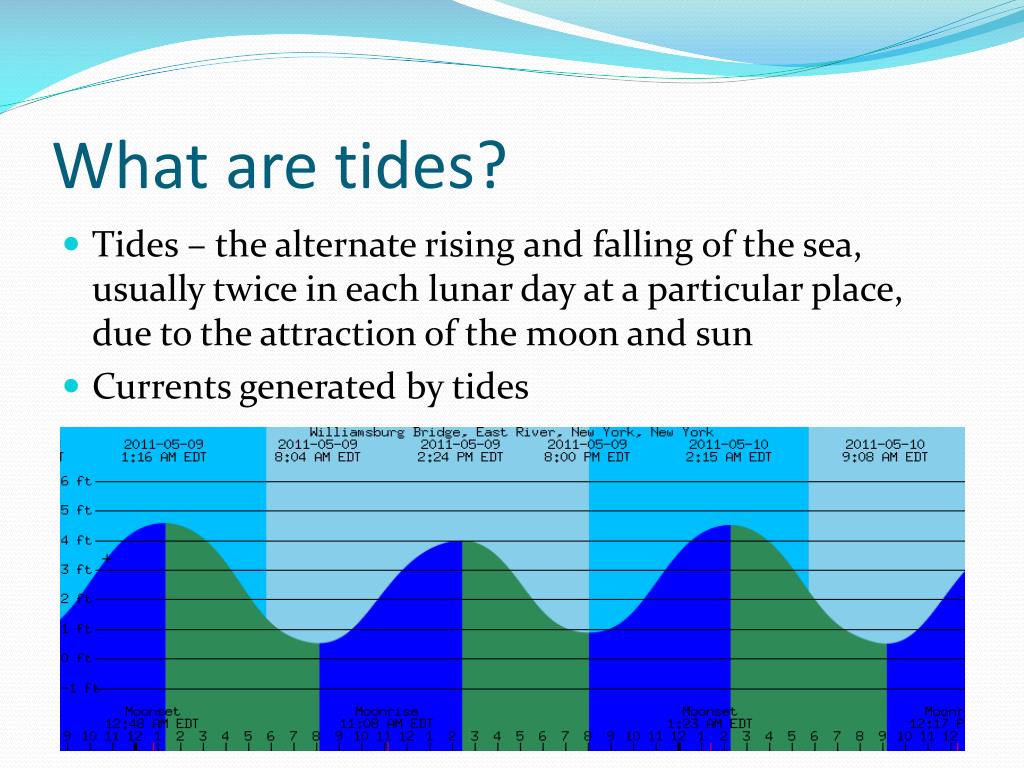Whats A Slack Tide
Whats A Slack Tide - A slack tide is a term used to describe a specific type of tidal pattern that occurs in the north atlantic ocean, particularly. Slack tide refers to the period between high tide and low tide when the water is relatively still. Slack tide, also known as slack water, refers to the period of time during the tidal cycle when there is little to no horizontal. It occurs when the tidal current changes direction.
Slack tide refers to the period between high tide and low tide when the water is relatively still. A slack tide is a term used to describe a specific type of tidal pattern that occurs in the north atlantic ocean, particularly. It occurs when the tidal current changes direction. Slack tide, also known as slack water, refers to the period of time during the tidal cycle when there is little to no horizontal.
Slack tide, also known as slack water, refers to the period of time during the tidal cycle when there is little to no horizontal. A slack tide is a term used to describe a specific type of tidal pattern that occurs in the north atlantic ocean, particularly. It occurs when the tidal current changes direction. Slack tide refers to the period between high tide and low tide when the water is relatively still.
10+ Slack tips for Mac users Computerworld
Slack tide refers to the period between high tide and low tide when the water is relatively still. Slack tide, also known as slack water, refers to the period of time during the tidal cycle when there is little to no horizontal. A slack tide is a term used to describe a specific type of tidal pattern that occurs in.
SlackTide by Elanor Dymott Penguin Books Australia
A slack tide is a term used to describe a specific type of tidal pattern that occurs in the north atlantic ocean, particularly. Slack tide, also known as slack water, refers to the period of time during the tidal cycle when there is little to no horizontal. Slack tide refers to the period between high tide and low tide when.
Surf Tides
Slack tide refers to the period between high tide and low tide when the water is relatively still. Slack tide, also known as slack water, refers to the period of time during the tidal cycle when there is little to no horizontal. It occurs when the tidal current changes direction. A slack tide is a term used to describe a.
Review Slack Tide 12thNight.ca
A slack tide is a term used to describe a specific type of tidal pattern that occurs in the north atlantic ocean, particularly. It occurs when the tidal current changes direction. Slack tide refers to the period between high tide and low tide when the water is relatively still. Slack tide, also known as slack water, refers to the period.
Slackでナレッジベースを管理する方法:Slack統合におすすめの社内Wikiツール5選 Kipwise
Slack tide, also known as slack water, refers to the period of time during the tidal cycle when there is little to no horizontal. It occurs when the tidal current changes direction. A slack tide is a term used to describe a specific type of tidal pattern that occurs in the north atlantic ocean, particularly. Slack tide refers to the.
What is Slack Tide? American Oceans
Slack tide refers to the period between high tide and low tide when the water is relatively still. A slack tide is a term used to describe a specific type of tidal pattern that occurs in the north atlantic ocean, particularly. It occurs when the tidal current changes direction. Slack tide, also known as slack water, refers to the period.
PPT The Power of Tides PowerPoint Presentation, free download ID
Slack tide refers to the period between high tide and low tide when the water is relatively still. Slack tide, also known as slack water, refers to the period of time during the tidal cycle when there is little to no horizontal. It occurs when the tidal current changes direction. A slack tide is a term used to describe a.
Slack Tide Maine Maine Made
It occurs when the tidal current changes direction. A slack tide is a term used to describe a specific type of tidal pattern that occurs in the north atlantic ocean, particularly. Slack tide, also known as slack water, refers to the period of time during the tidal cycle when there is little to no horizontal. Slack tide refers to the.
SlackTide by Elanor Dymott Penguin Books Australia
It occurs when the tidal current changes direction. Slack tide refers to the period between high tide and low tide when the water is relatively still. A slack tide is a term used to describe a specific type of tidal pattern that occurs in the north atlantic ocean, particularly. Slack tide, also known as slack water, refers to the period.
Slack Tide United Baptist Church
Slack tide, also known as slack water, refers to the period of time during the tidal cycle when there is little to no horizontal. A slack tide is a term used to describe a specific type of tidal pattern that occurs in the north atlantic ocean, particularly. Slack tide refers to the period between high tide and low tide when.
A Slack Tide Is A Term Used To Describe A Specific Type Of Tidal Pattern That Occurs In The North Atlantic Ocean, Particularly.
Slack tide refers to the period between high tide and low tide when the water is relatively still. Slack tide, also known as slack water, refers to the period of time during the tidal cycle when there is little to no horizontal. It occurs when the tidal current changes direction.









